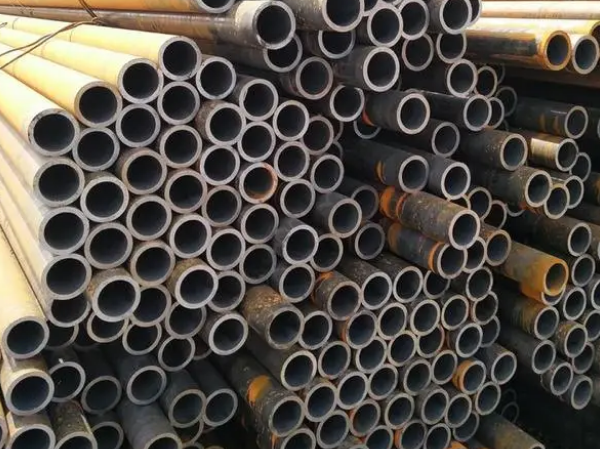Due to the different materials, processing methods, specific parameters and performance of
seamless pipes (smls), there will be great differences in their application fields. If you want to choose a suitable steel pipe, you must start from the actual demand, and you must also pay attention to the basic selection method. Let's introduce the basic selection principle of this material.
1. Temperature and pressure requirements
There are certain standards for the application environment of steel pipes. Generally speaking, ordinary seamless steel pipes are suitable for media with a temperature lower than 350°C and a pressure lower than 10MPa, such as oil, gasoline, etc., so we must pay attention to the specific conditions of the application environment and the medium. In some cases, if ordinary steel pipes cannot be used beyond this standard, other types of steel pipes can be selected.

2. Selection of special models
Some industries may have special requirements for steel pipes. For example, in high-temperature and high-pressure environments, they may also need good impact resistance and corrosion resistance. Then, suitable steel pipes should be selected according to actual working conditions. For example, the steel pipes used in boilers now have special models, and not all steel pipes can be used in common.
3. Consider the price factor
Even for the same type of seamless pipes, because of the different channels we purchase, there are certain differences in quality, and naturally the prices are also different. It is recommended to purchase according to our actual needs, contact the manufacturer directly, and enjoy the preferential quotation of the factory direct sales.
Tips: Seamless steel pipes made of low carbon steel (mild steel seamless pipe) are used in liquid pipelines. Seamless steel pipes made of medium carbon steel are used for mechanical parts, such as stressed parts of automobiles and tractors. It is also used to manufacture structural parts and mechanical parts, which can improve the utilization rate of materials, simplify the manufacturing process and save materials.


